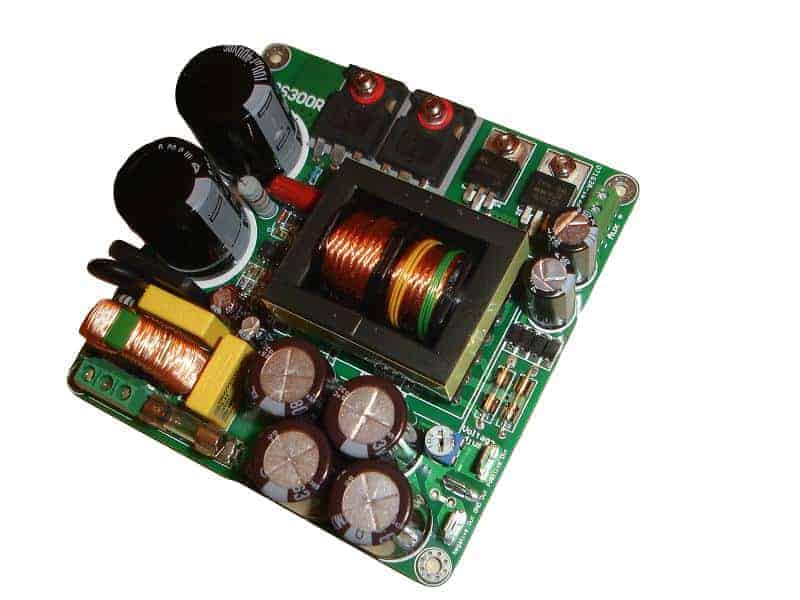


The opamp based DIY preamp essentially duplicates the specs (and to my ears the audible performance) of the Halcro DM10 at approximately 1/40th of the price.īy the way, the AHB2 does not have "sliding voltage rails". In listening tests I was unable to distinguish the AHB2 from the Halcro DM68- an amp (or its sibling) that was earlier placed on a pedestal by TAS et al. In any case, only the Halcro amps can better its traditional specs, and that by trivial amounts. The AHB2 uses, just like it's Quad precursor, a combination of feedforward and feedback correction paths (look at the relevant patents). I'll take what's in the Xs Phonox, Monty! And subsequently owned a Stasis amp for decades. non-correlated sine waves - subjecting a correction factor of 10,000:1 (typical 40 db feedback) causes all manner of unexpected intermodulation products that blur the musical signal.ĭon't know about you, but I've found the work of Nelson Pass quite impressive since I first heard his Threshold 800A in 1976. In the real world of reproducing a musical signal - vs. I'll take what's in the Xs Phono box, Monty!Īs am I. I like to think the latter would sound better."ĭon't know about you, but I've found the work of Nelson Pass quite impressive since I first heard a Threshold 800A driving Dayton-Wright XG-8s in 1976. 01% 2nd harmonic with a single tone without feedback, you could also achieve the. 70 dB of feedback would do it, but that does seems like a lot.īy contrast, it appears that if you can make a single stage operate at. 1% with a complex signal, then you need to reduce it by a factor of about 3000. "If you want the peak distortion of the circuit of figure 13 to remain below. non-correlated sine waves - subjecting a correction factor of 10,000:1 (typical 40 db feedback) causes all manner of unexpected intermodulation products that blur the musical signal. In the real world of reproducing a musical, i.e.


 0 kommentar(er)
0 kommentar(er)
